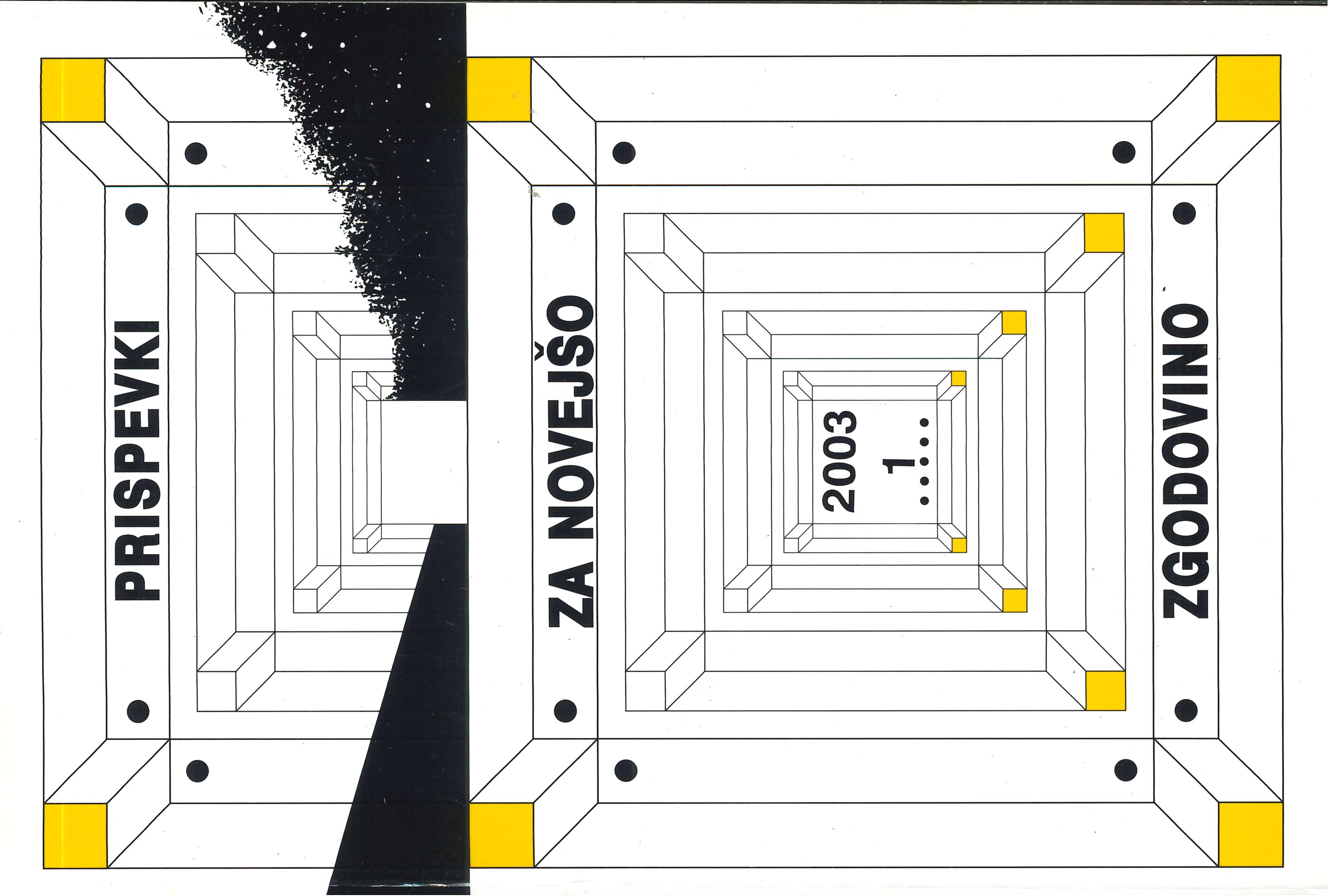Integration of the Territories of Slovakia and Slovenia Into the Economic Reality of Their New States in 1918
Keywords:
Slovenians, Slovaks, economy, economic policy, economic system, Kingdom of the SCS, national economyAbstract
The paper compares the process of the Slovene and the Slovak integration into their new political and economic realities after the disintegration of the Austro-Hungarian Empire. The economic problems of the two peoples were rooted in the fact that both Czechoslovakia and the Kingdom of SCS came into being through the unification of different cultural, political and economic environments. On the basis of the Slovene and the Slovak sources, the author presents the economic situation in Slovenia and Slovakia at the end of Austria-Hungary, transportation related difficulties on the markets of the newly founded states, as well as those arising from their non-harmonized taxation policies and the introduction of their new currencies. The paper concludes with the presentation of two basic economic orientations (the autonomist and the centralist) which took shape in Slovenia and Slovakia in answer to their economic problems.
Downloads
Published
Issue
Section
License
Authors who publish with this journal agree to the following terms:
- Authors retain copyright and grant the journal right of first publication with the work simultaneously licensed under a Creative Commons Attribution License that allows others to share the work with an acknowledgement of the work's authorship and initial publication in this journal.
- Authors are able to enter into separate, additional contractual arrangements for the non-exclusive distribution of the journal's published version of the work (e.g., post it to an institutional repository or publish it in a book), with an acknowledgement of its initial publication in this journal.
- Authors are permitted and encouraged to post their work online (e.g., in institutional repositories or on their website) prior to and during the submission process, as it can lead to productive exchanges, as well as earlier and greater citation of published work (See The Effect of Open Access).


